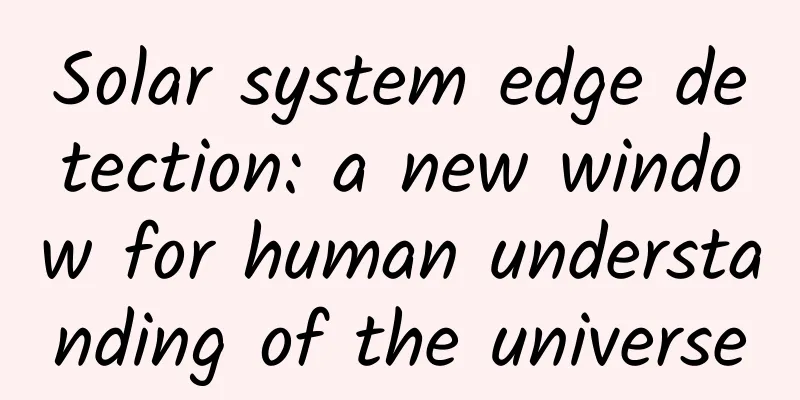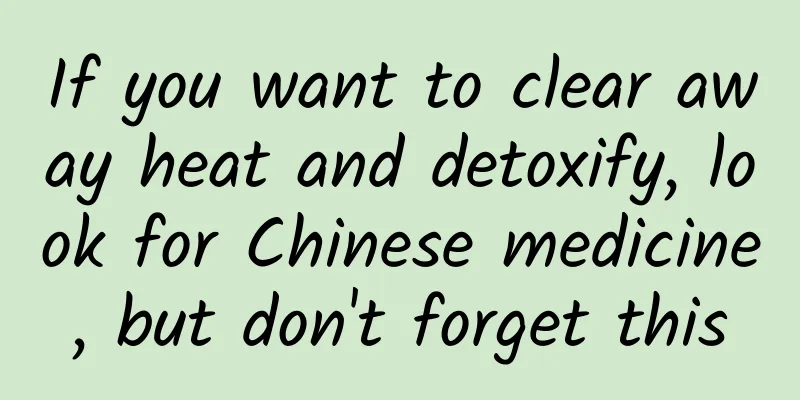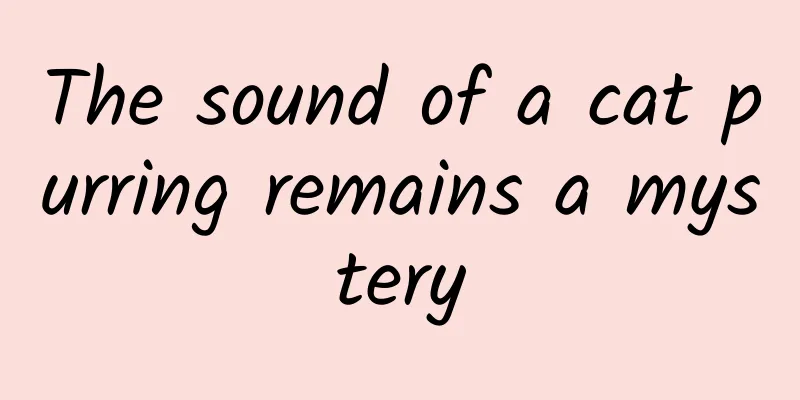Why are the stars becoming less visible? Uncovering the mystery of the "noise" in the night sky

|
The night sky is dotted with stars, which is a beautiful scenery given to us by nature. However, with the acceleration of urbanization, more and more artificial light sources illuminate the night sky, and the originally pure night sky becomes colorful. This is what we often call light pollution. Light pollution refers to the adverse effects of excessive or inappropriate artificial light on the environment. It not only destroys the beauty of the night sky, but also has a negative impact on human health, the ecological environment and astronomical observations. 1. The hazards of light pollution 1. Impact on human health Too much light can inhibit the secretion of melatonin, which is an important sleep-regulating hormone. Lack of melatonin can lead to sleep disorders, mood swings, decreased immunity and other problems. 2. Damage to the ecological environment Many animals rely on moonlight and starlight for foraging, reproduction and navigation. Light pollution can disrupt their normal activities and even lead to extinction. 3. Impact on astronomical observations Light pollution from cities can make stars dim or even invisible, which poses a huge challenge to astronomical observations. 2. Examples of light pollution 1. Excessive lighting of urban nightscapes: Buildings, billboards and street lights in many cities are too bright, resulting in excessive brightness at night, which blocks the light of stars and other celestial bodies. In this case, it is difficult for people to observe the stars in the sky in the city, and light pollution weakens the astronomical observation experience of urban residents. 2. Excessive use of vehicle lights: Vehicles on the road at night use overly bright headlights, taillights and roof lights, which leads to increased light pollution on the road. These overly bright lights not only affect the sight of other vehicles, but also illuminate the surrounding buildings and natural environment, disrupting the biological clock of organisms. 3. Outdoor advertising light boxes: Many outdoor advertising light boxes in commercial areas use overly bright LED lights or strong light tubes, which not only consume a lot of electricity, but also cause light pollution in the surrounding environment. These overly bright advertising light boxes not only destroy the nighttime atmosphere, but also affect the quality of life of surrounding residents. 4. Neon lighting: Some landmark buildings in cities or commercial areas use large areas of neon lighting, which creates light pollution. Especially at night, the strong light emitted by these neon lights will block out the stars and other celestial bodies in the sky, destroying the natural landscape at night. 3. How to reduce light pollution Reduce unnecessary lighting: turn off lights when not in use and use energy-efficient lamps. Use blackout curtains: Prevent indoor light from leaking outside. Choose lighting methods with low light pollution: for example, use directional lighting, reduce glare, etc. Raise public awareness: Through publicity and education, let more people understand the hazards of light pollution. 4. Protecting the night sky is everyone’s responsibility! Light pollution is an environmental issue that deserves our attention. By taking effective measures, we can reduce light pollution, protect the beauty of the night sky, and leave a better earth for future generations. 5. Interesting little knowledge Did you know? The world’s first International Dark Sky Park is located in Arches National Park in Utah, USA. Did you know that in some countries, laws and regulations have been introduced to limit light pollution? Did you know that we can judge the degree of light pollution by observing the Big Dipper? Source: Chongqing Radio Science Popularization Experience Center Audit expert: Zhang Qiyi Statement: Except for original content and special notes, some pictures are from the Internet. They are not for commercial purposes and are only used as popular science materials. The copyright belongs to the original authors. If there is any infringement, please contact us to delete them. |
<<: What is happening to the Qinghai-Tibet Plateau under the influence of global warming?
Recommend
After applying this sunscreen, remember to remove your makeup before going to bed...
Did you put on sunscreen when going out on May Da...
The efficacy and function of kapok
Friends who don’t know kapok will not understand ...
How to process Ganoderma lucidum before powdering
Ganoderma lucidum is a very good medicinal materi...
If you don’t eat spring bamboo shoots, how can you know the feeling of spring? Here is just one reason to persuade you to eat more spring bamboo shoots!
Pickled bamboo shoots with preserved vegetables, ...
The efficacy and function of raw cassia seed and fried cassia seed
There is a battle between sweet and salty old tof...
Muscovite: thin and hazy thousand-layer paper, mica screen with deep candlelight
This issue introduces a white mica specimen from ...
The efficacy and function of Miao Yaowang
Miao prescription refers to the precious medicina...
The effects and functions of thornberry root
As for thornberry root, I think some people may h...
The efficacy and function of Magnolia officinalis
Medicine is the best choice for treating diseases...
The efficacy and function of large-leaf golden flower tea
Chinese medicine has different effects on our bod...
What are the methods for soaking American ginseng in water?
As people's quality of life improves, more an...
Is Poria cocos the same as white Poria cocos?
We often hear people mention about Poria cocos an...
Why do I want to laugh when others laugh?
Planning and production Source: A Brief History P...
The efficacy and function of spiny coriander
Since Chinese medicine has fewer side effects, mo...
It’s now more justifiable to stay in bed for 5 minutes in winter!
Popular Science Times reporter Chen Jie On winter...









